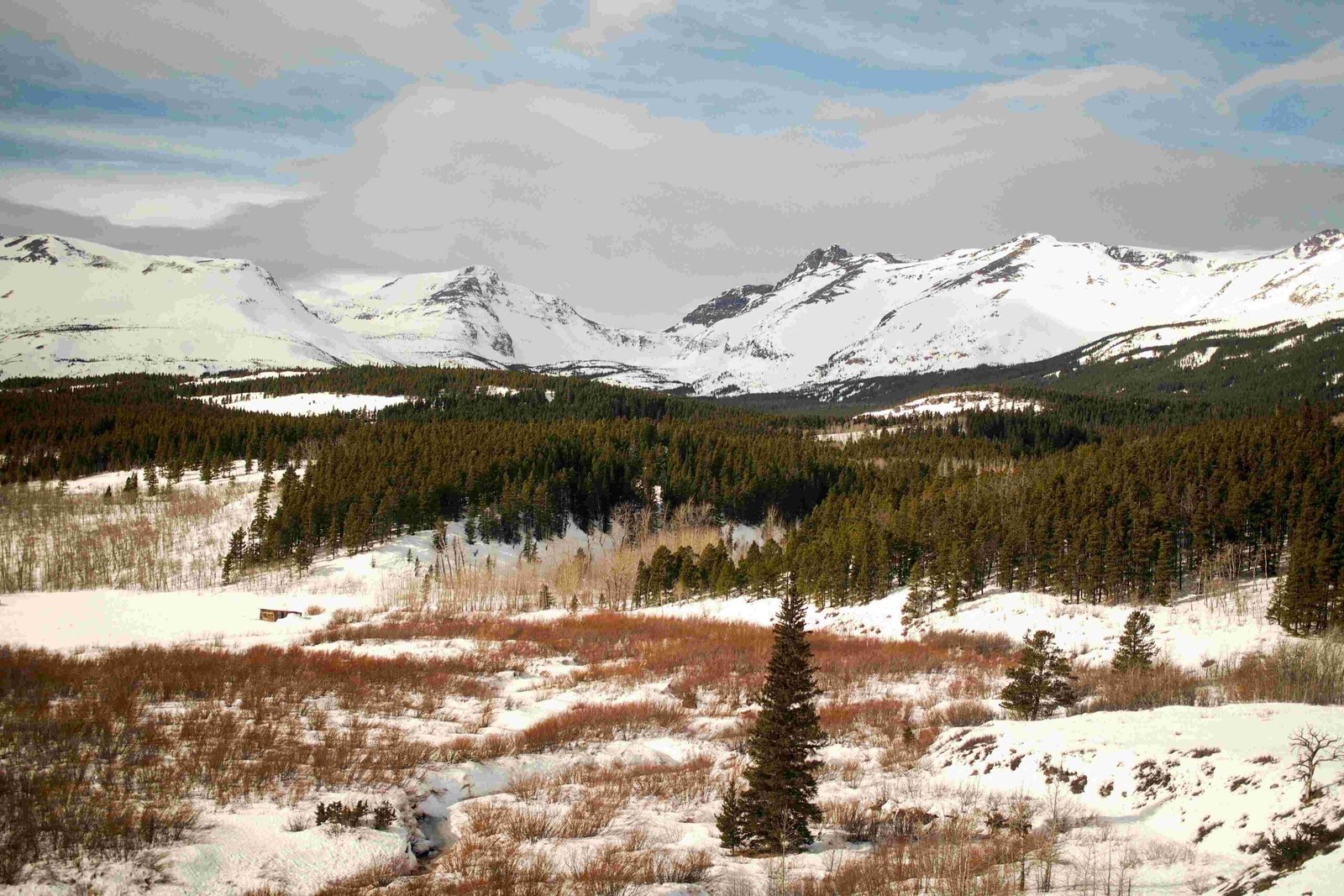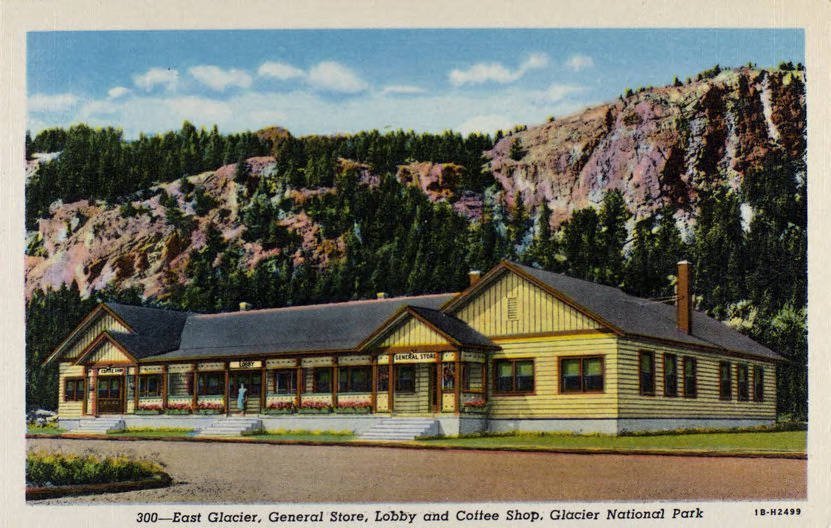Glacier National Park implements numerous special programs to preserve its unique ecosystem for future generations. These initiatives focus on habitat restoration, climate change mitigation, wildlife protection, and visitor education. The park’s efforts involve collaborations with local communities, Native American tribes, and various stakeholders to ensure comprehensive conservation strategies.
What Are the Key Conservation Programs in Glacier National Park?

Glacier National Park’s conservation efforts span multiple areas, each designed to address specific challenges and preserve the park’s natural beauty and biodiversity.
How Does the Native Plant Restoration Program Work?
The Native Plant Restoration Program is a cornerstone of Glacier National Park’s conservation efforts:
- Scope: Cultivates approximately 250 species of native plants, including conifers, deciduous trees, shrubs, grasses, sedges, and ferns.
- Collaboration: Involves students from Columbia Falls High School, volunteers, and park partners.
- Facility: Centered at the Native Plant Nursery at Glacier National Park Headquarters.
- Funding: Supported by donations to the Glacier Conservancy.
- Goals: Aims to restore structure, function, and plant diversity in impacted areas.
- Monitoring: Ongoing evaluation of revegetation efforts to ensure effectiveness.
This program not only helps in restoring native habitats but also engages the community in conservation efforts, creating a sense of stewardship among participants.
What Is the Preservation of Native Plant Ecosystems Project?
This project focuses on maintaining the park’s biodiversity and wilderness character:
- Objectives:
- Preserve native plant habitats
- Maintain healthy wildlife habitats
- Monitor alpine and wetland rare plants
-
Study alpine vegetation communities and grassland species
-
Funding Required: $75,100
- Participants: Park staff, volunteers, and potentially local communities
- Outcomes: Informs conservation efforts through detailed monitoring and data collection
The project plays a crucial role in understanding and protecting the park’s diverse plant ecosystems, which are fundamental to its overall ecological health.
How Does the Whitebark Pine and Clark’s Nutcrackers Restoration Project Contribute?
This specialized project addresses the critical relationship between whitebark pine and Clark’s nutcrackers:
- Activities:
- Planting rust-resistant whitebark pine seedlings
- Monitoring seedling survival rates
-
Expanding acoustic monitoring of Clark’s nutcrackers
-
Funding Needed: $125,000
- Participants: Park staff, researchers, and potentially local communities
- Goals: Restore the threatened whitebark pine population and maintain ecological balance
This project is vital for preserving a key ecological relationship within the park, demonstrating the interconnectedness of species conservation efforts.
What Climate Change Initiatives Are Underway in Glacier National Park?

Climate change poses significant challenges to Glacier National Park, prompting several targeted initiatives.
How Is the Climate Action Strategy Being Implemented?
The Climate Action Strategy is a comprehensive approach to address climate change impacts:
- Objective: Develop a roadmap to achieve mandated emission reductions by 2030 and net zero by 2050
- Timeline: Four-year development process
- Funding Required: $107,254
- Key Components:
- Emissions reduction planning
- Tracking of progress
- Communication strategies to inspire broader climate action
This strategy demonstrates the park’s commitment to long-term sustainability and climate resilience.
What Climate Resilience Projects Are Funded by the Inflation Reduction Act?
The Inflation Reduction Act has provided significant funding for climate resilience projects:
- Total Funding: Over $1.9 million
- Key Projects:
- Advancing bison reintroduction
- Studying landscape-level ecosystem function and connectivity
- Inventorying cultural resources impacted by climate change
-
Restoring threatened whitebark pine populations
-
Partnerships: Collaborations with the Blackfeet Nation, the Confederated Salish and Kootenai Tribes, and other national parks
These projects demonstrate a holistic approach to climate resilience, addressing both ecological and cultural aspects of conservation.
How Does Glacier National Park Protect Its Wildlife?
Wildlife protection is a critical component of the park’s conservation efforts.
What Is the Mountain Goat Population Estimation Project?
This project uses innovative methods to monitor mountain goat populations:
- Methodology: Genetic analysis of mountain goat pellet samples
- Participant Involvement: Citizen scientists collect samples
- Funding Needed: $15,000
- Objective: Accurate population estimates to guide management decisions
This project showcases the park’s use of modern scientific techniques and citizen involvement in wildlife management.
How Does the Blackfeet Wildlife Internship Program Work?
The Blackfeet Wildlife Internship is a collaborative effort between the park and the Blackfeet Nation:
- Focus Areas:
- Wildlife handling
- Education outreach
- Backcountry bear patrolling
-
Wildlife observation
-
Funding Required: $12,500
- Participants: Tribal members and park staff
- Goals: Professional development for tribal members and enhanced wildlife management
This program exemplifies the park’s commitment to inclusive conservation practices and cultural collaboration.
What Is the Bison Reintroduction Project?
The Bison Reintroduction Project is a significant ecological restoration effort:
- Funding: $1.5 million from the Inflation Reduction Act
- Objectives:
- Establish a free-ranging bison herd
- Study landscape-level ecosystem function and connectivity
-
Understand ungulate utilization of forage and habitat in the absence of bison
-
Partnerships: Collaboration with the Blackfeet Nation and other stakeholders
This project represents a major step in restoring the park’s historical ecosystem and biodiversity.
How Does Glacier National Park Educate Visitors About Conservation?
Education is a key component of the park’s conservation strategy, engaging visitors in various programs.
What Are the Native Plant Restoration Field Trips?
These field trips offer hands-on learning experiences:
- Activities:
- Planting native plants
- Collecting seeds
-
Participating in restoration activities
-
Educational Focus: Human impacts on native plant communities and park stewardship
- Target Audience: Middle and high school students
- Scheduling: Available in fall and spring
These trips provide valuable experiential learning opportunities, fostering a sense of environmental responsibility among young visitors.
How Do Citizen Science Field Trips Contribute to Conservation Education?
Citizen Science Field Trips engage visitors in active research and data collection:
- Program Components:
- Wildlife monitoring
- Field data collection
-
Classroom instruction on scientific methods
-
Special Initiative: Youth Exploring Science (Y.E.S!) program for intensive scientific exploration
- Participant Demographics: Middle and high school classrooms
- Scheduling: Year-round availability with specific programs like Y.E.S starting in 2011
These programs not only educate visitors but also contribute valuable data to ongoing research efforts in the park.
Through these diverse and comprehensive programs, Glacier National Park demonstrates its commitment to preserving its unique ecosystem for future generations. By combining scientific research, community engagement, and educational initiatives, the park addresses current challenges while preparing for future conservation needs.
References:
1. Native Plant Restoration and Citizen Science – National Park Service
2. Park Current Projects – Glacier National Park Conservancy
3. Glacier National Park announces $1.9M for ecosystem restoration …